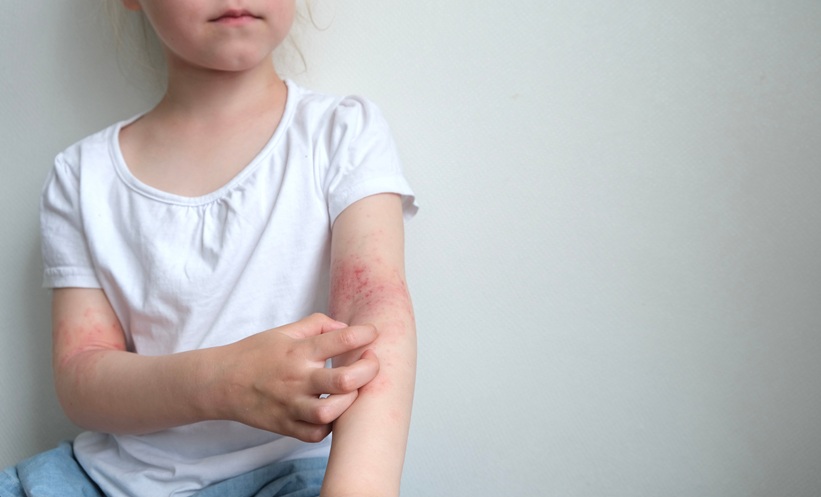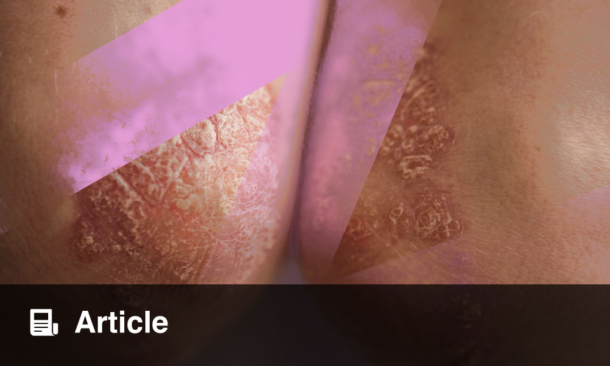BACKGROUND AND AIMS
Acral digital ischemia associated with immune checkpoint inhibitor (ICI) use is a rare and poorly understood toxicity.
METHODS
The authors report eight cases of acral digital ischemia post-ICI from the Canadian Research Group of Rheumatology in Immuno-Oncology (CanRIO) retrospective cohort between 2017–2023, and compare them to the existing 14 reported cases in the literature.1-14 Integrating the findings, they propose a hypothetical pathogenesis and approach to treatment.
RESULTS
In comparison to previously reported cases, the CanRIO cases had earlier onset after ICI exposure (median: 6 weeks versus 10 weeks), were mostly seronegative (33% versus 63%), and were treated more aggressively with a combination of immunosuppression, vasodilation, and antiplatelet agents (triple therapy). Angiography in all cases did not find evidence of proximal vasculitis; distal imaging uniformly showed small vessel occlusion, but no vasculitis. All CanRIO cases that received triple therapy had either stabilization or resolution of cyanosis, while management with separate therapies led to poorer outcomes. There were no amputations in the CanRIO group, where 5/10 in the literature that were not managed by triple therapy required amputation.
CONCLUSION
Acral digital necrosis is a rare immune-related adverse event associated with ICI therapy, with unknown pathogenesis or optimal treatment. The eight cases from CanRIO were identified early and received aggressive “triple therapy” with resolution of cyanosis, contrasting with previously reported cases. The authors hypothesize that ICI-associated acral digital necrosis is a new iatrogenic disease triggered by an underlying inflammatory vasculopathy with distal vessel occlusion, leading to ischemia and requiring early initiation of vasodilation and antiplatelet/anticoagulant therapy.







